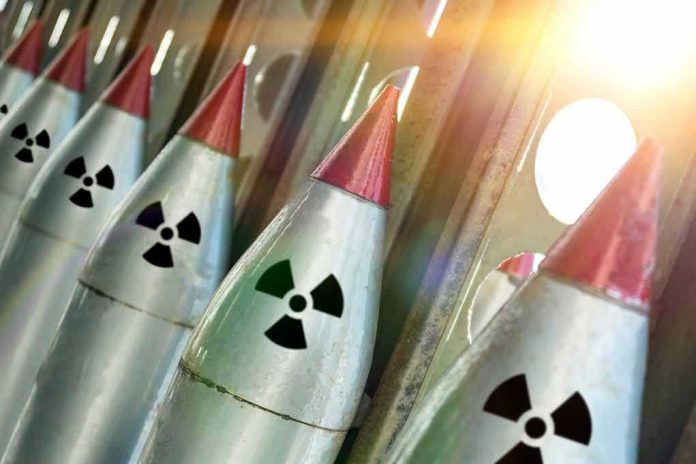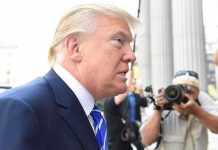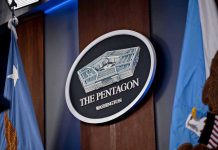
America’s nuclear arsenal now depends on fewer than 400 people—while over 1,400 experts have been sent home amid the longest government shutdown in recent memory, exposing a security gap never before seen in the NNSA’s history.
Story Snapshot
- First mass furlough at the National Nuclear Security Administration since its founding in 2000
- Shutdown’s political deadlock leaves only a skeleton crew to secure US nuclear weapons
- National security and institutional knowledge at risk as shutdown enters third week
- Congressional gridlock over budget and health care policy blamed for the crisis
The Day America’s Nuclear Watchdogs Were Sent Home
On October 20, 2025, the unimaginable happened at the heart of the nation’s nuclear security network. The National Nuclear Security Administration, the agency with the singular mission of keeping America’s nuclear stockpile safe, began sending home over 1,400 of its staff. For the first time since the agency’s inception in 2000, only a handful—fewer than 400 employees—remain on duty, forced by a political standoff that refuses to yield. While the public’s focus drifts toward more visible shutdown impacts, the silent thinning of the NNSA’s ranks has set off alarms among defense experts who rarely speak in hyperbole.
Energy Secretary Chris Wright did not mince words, publicly blaming Senate Democrats for the shutdown that triggered these historic furloughs. Congressional leaders volleyed blame back and forth, with House Speaker Mike Johnson warning that the shutdown could become the longest in American history if cooler heads don’t prevail. The NNSA is not just another agency; it is the sentry for the world’s most destructive arsenal. Now, those sentries are mostly gone, and the nation’s nuclear weapons oversight is running on fumes.
Political Gridlock and the Collapse of Routine Security
Congress’s failure to pass a federal budget, spurred by disputes over health care subsidies and the broader fate of the Affordable Care Act, led to the funding lapse that triggered the shutdown. The impasse has now lasted more than three weeks, well beyond historical averages, and far outstripping the patience of federal workers and the confidence of national security professionals. Previous shutdowns, even the record-breaking 35-day standoff in 2018-2019, never reached this level of disruption at the NNSA. The current crisis underscores a fundamental reality: America’s most critical infrastructure is not immune to political dysfunction.
US begins sending nuke workers home as shutdown drags: mediahttps://t.co/vHg4yZ0Ol9
— Insider Paper (@InsiderpaperQ) October 20, 2025
The NNSA’s forced exodus strips away institutional knowledge and disrupts the careful maintenance and security routines that underpin nuclear safety. While core security posts are manned, experts warn that the loss of technical staff, researchers, and support personnel increases the risk of oversight failures. As days turn to weeks, uncertainty grows—not just for the employees sent home without pay, but for the entire ecosystem that relies on their vigilance. The financial, psychological, and operational costs mount with every day Congress fails to act.
National Security on a Shoestring and the Next Domino to Fall
With only essential personnel left, the daily reality inside the NNSA is stark: routine maintenance, research, and long-term planning are sidelined. National security experts have long warned that government shutdowns can hollow out critical defense operations. This time, warnings are reality. Minimal staff can only maintain the absolute basics; as the shutdown drags on, the risk of mistakes, accidents, or overlooked threats grows. The loss of morale and the potential erosion of specialized knowledge raise questions about how quickly the agency—and the country—can recover, even when the shutdown ends.
The broader implications reach beyond the nuclear sector. Other critical infrastructure agencies now watch closely, knowing they too could be next if the shutdown drags on. The public, meanwhile, is largely left in the dark, unaware that a political battle over unrelated policy has compromised the invisible shield that guards the country’s most dangerous weapons. The current standoff has become a case study in unintended consequences, where the cost of inaction is measured not just in lost wages, but in the safety and security of the nation itself.







